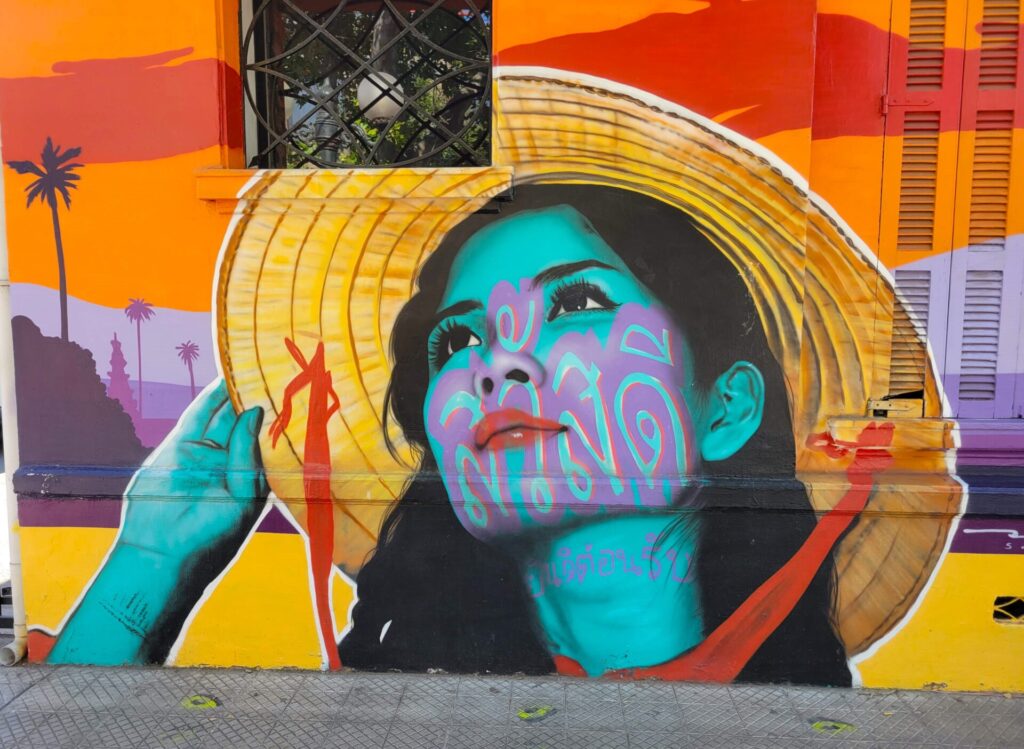
In Chile’s capital city, no good wall goes untouched. In almost every area of Santiago we found ample graffiti and street art. The award for the highest concentration of street art is held by the Bellavista neighborhood, but we found great pieces just about everywhere. We love cities with a good urban art scene, and Santiago definitely delivered.
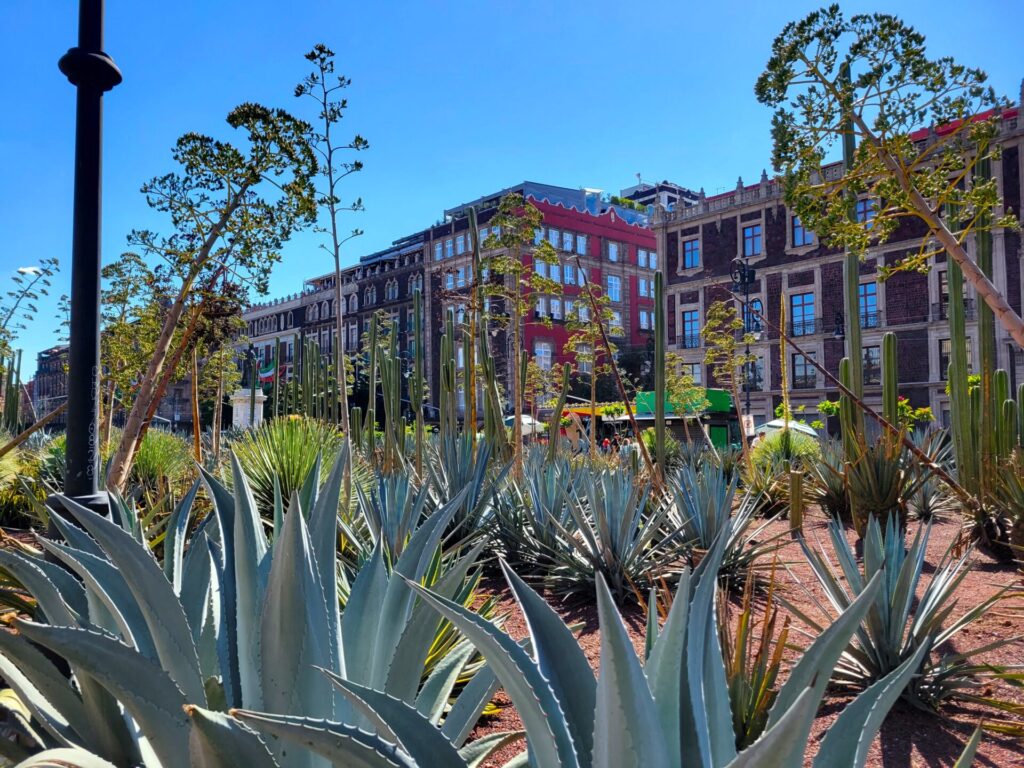
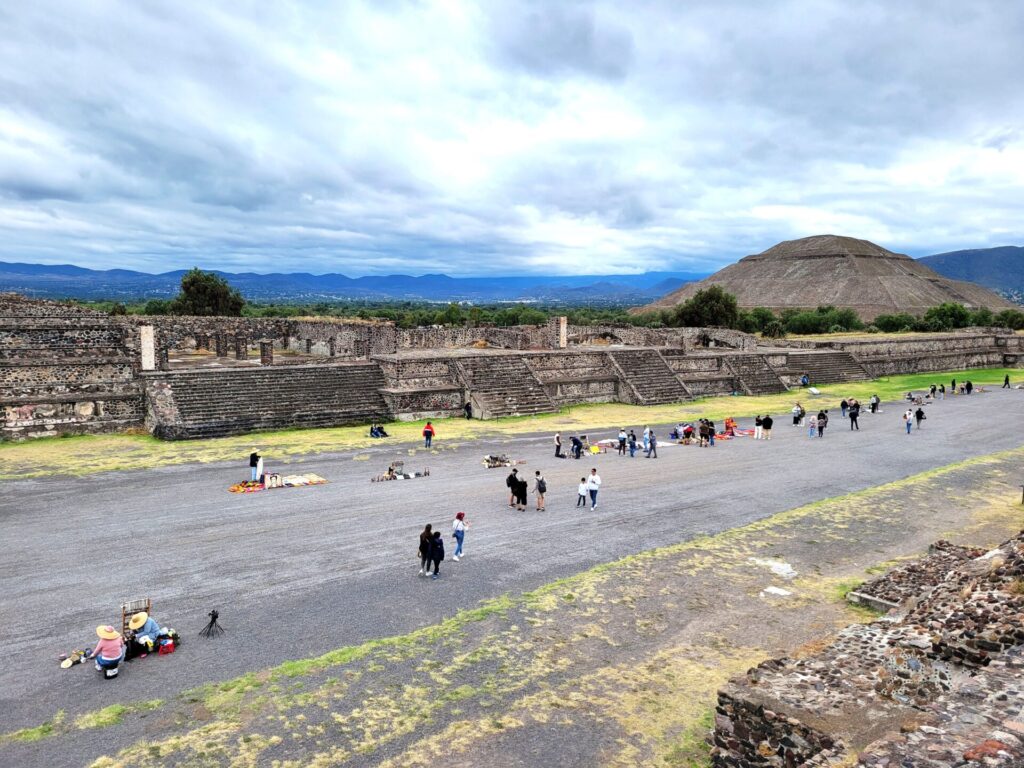

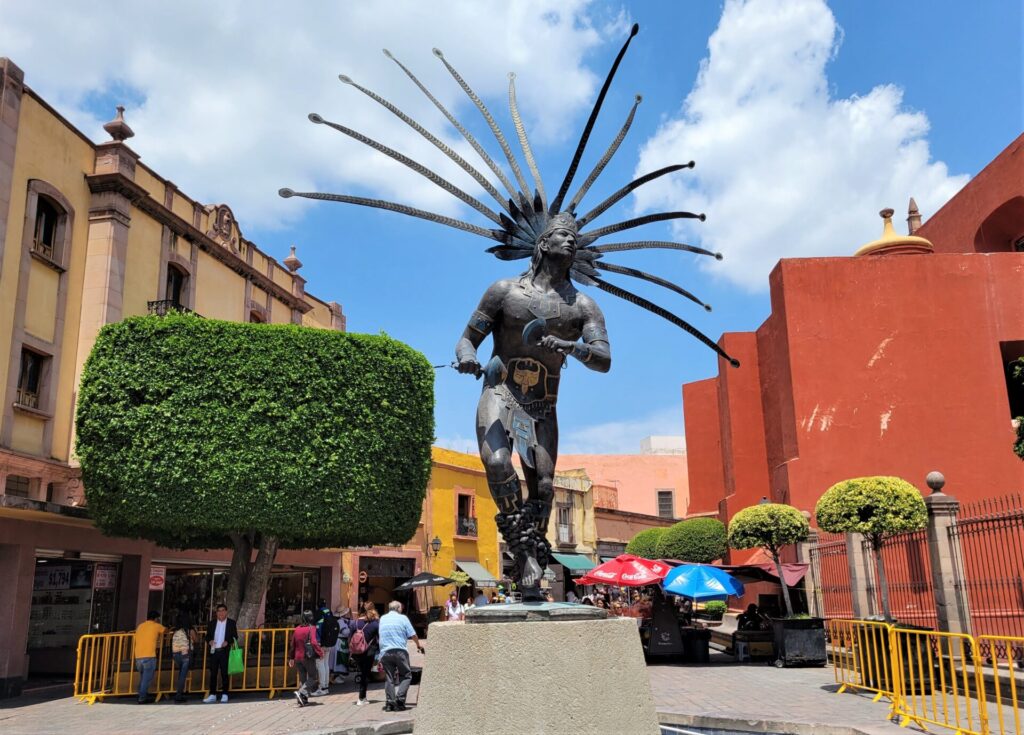
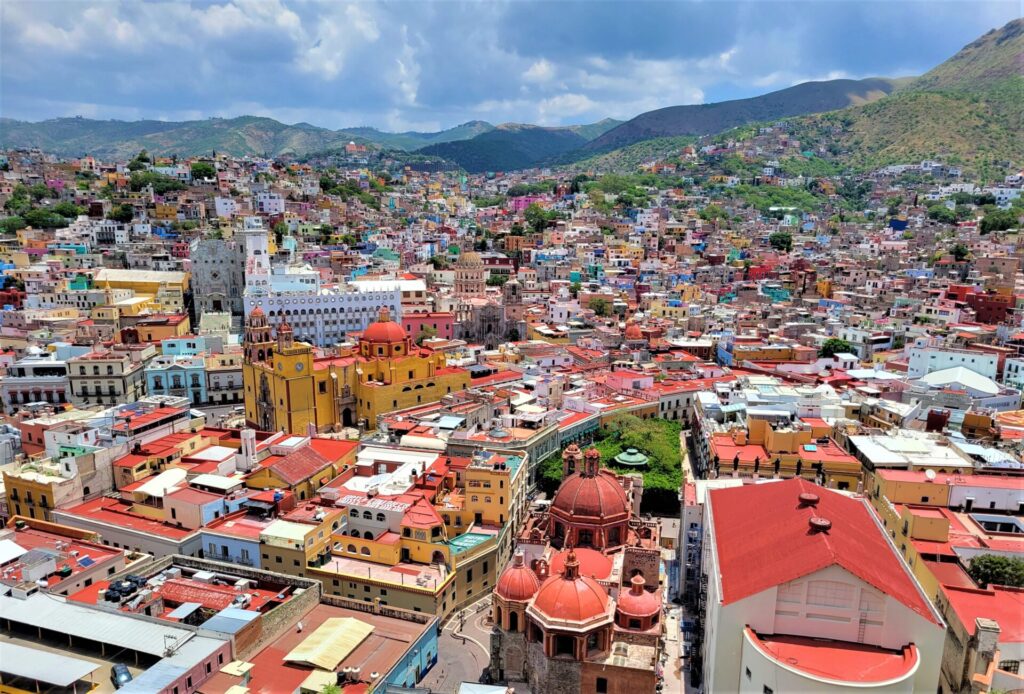
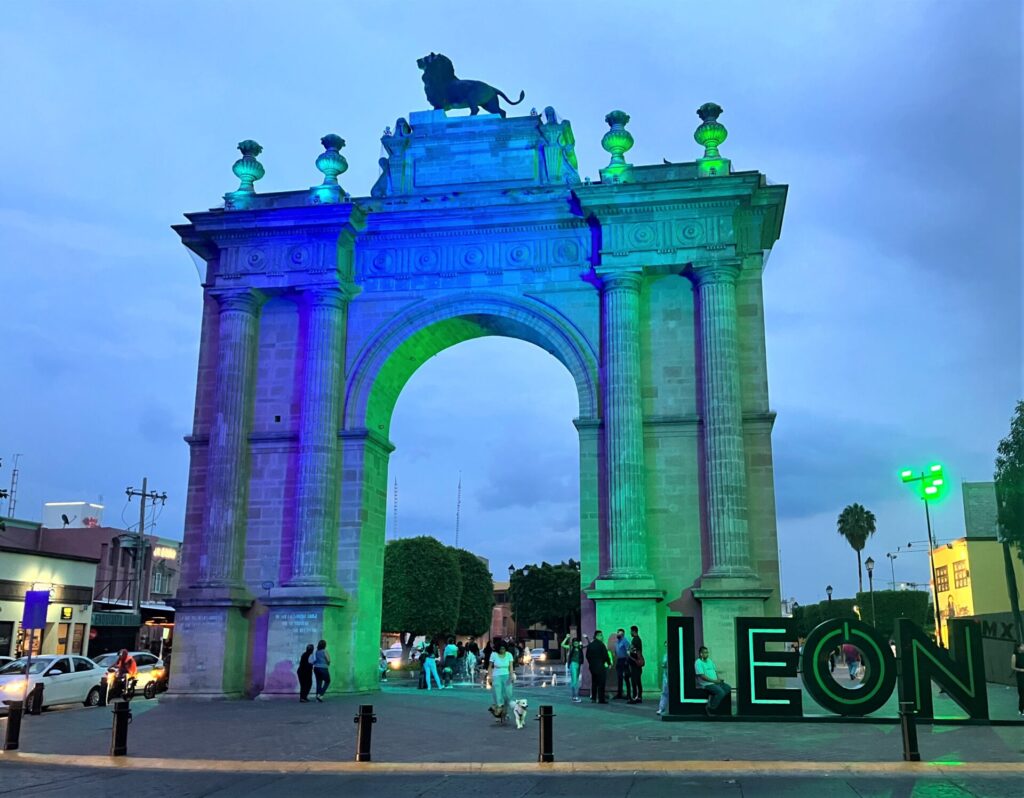
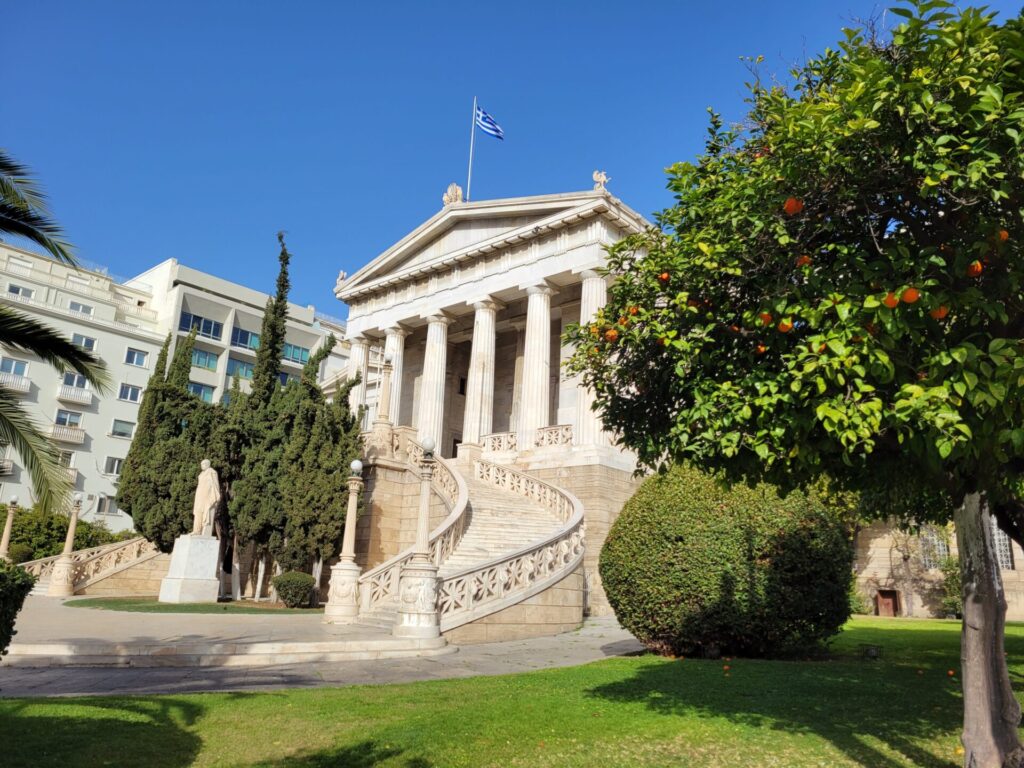
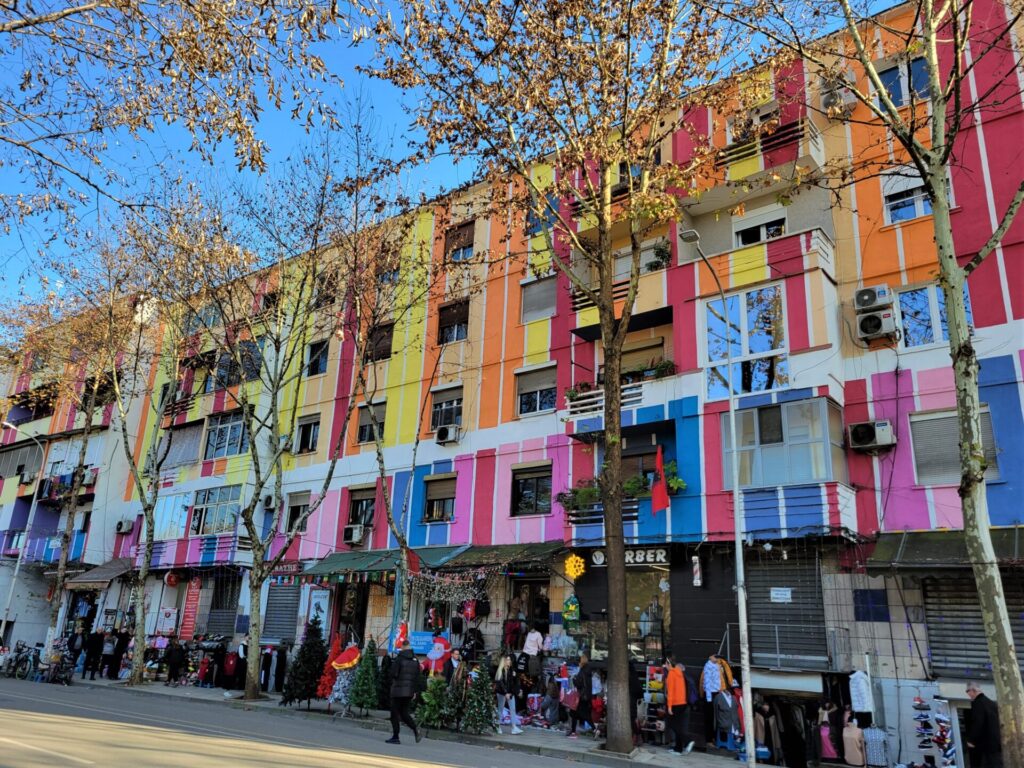
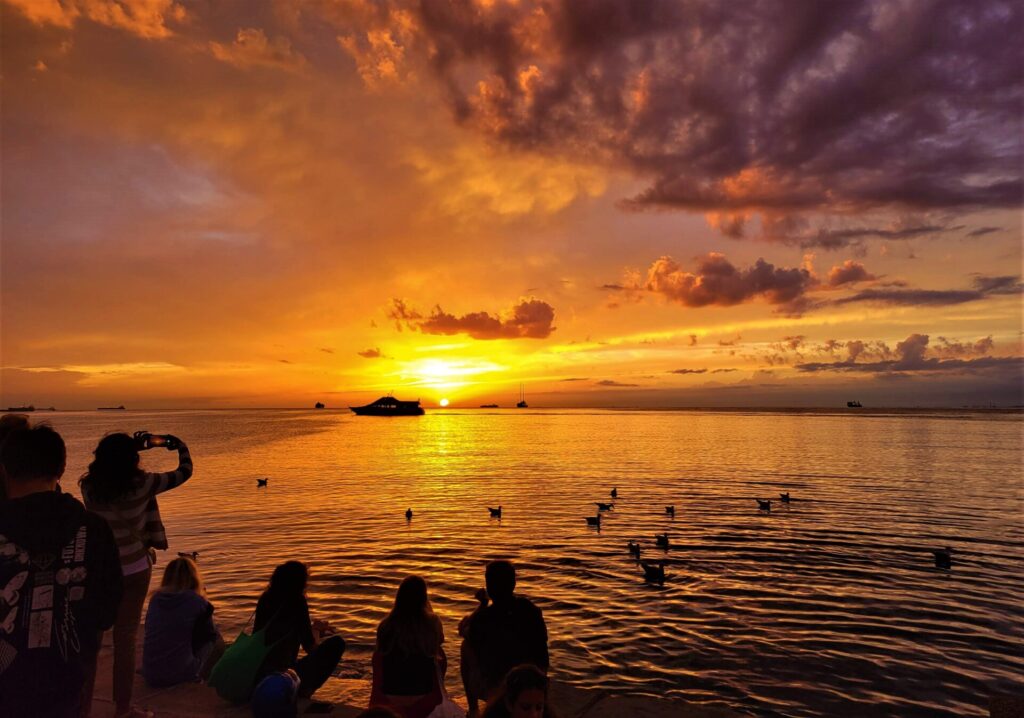
Feeling Social?